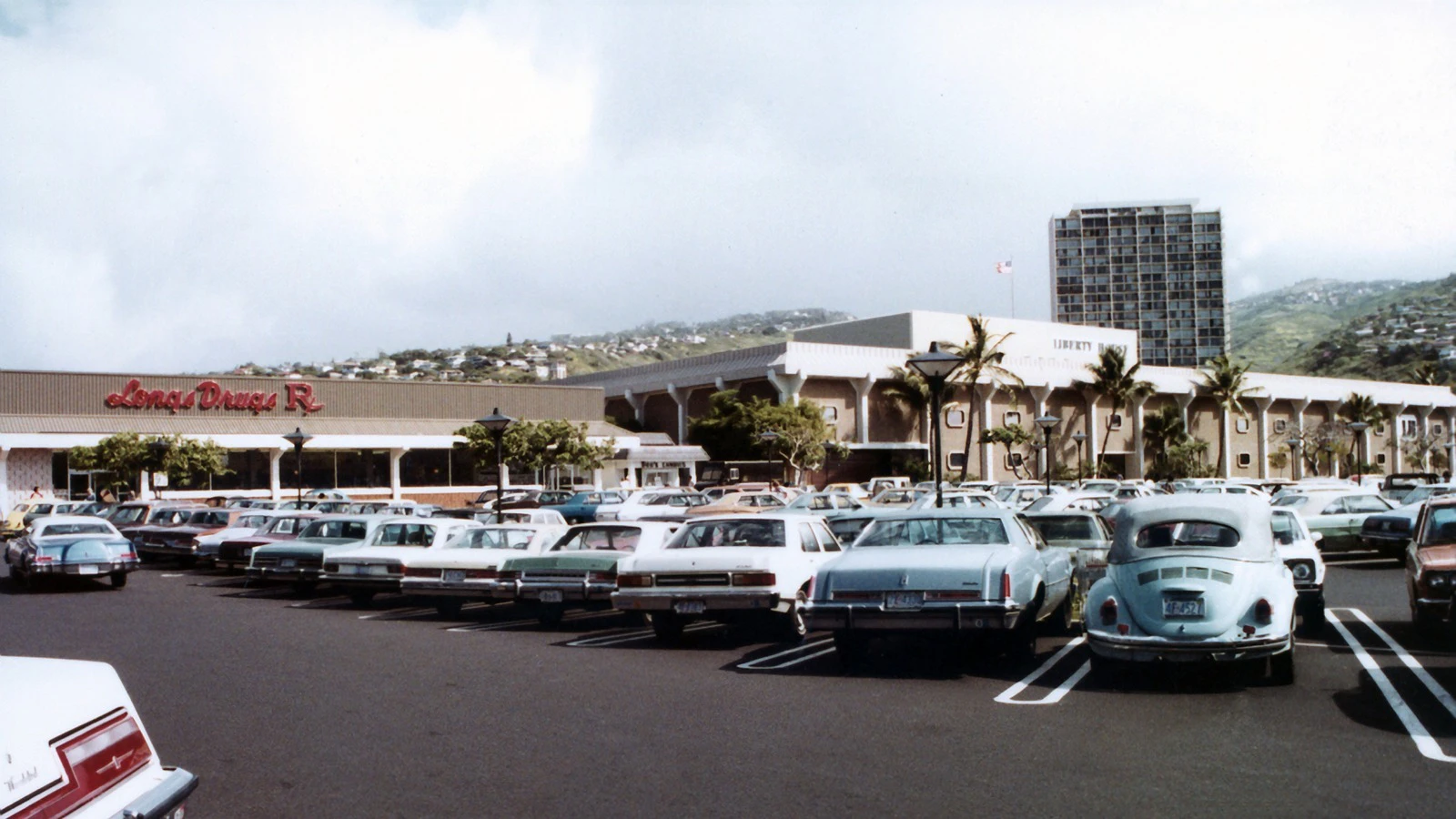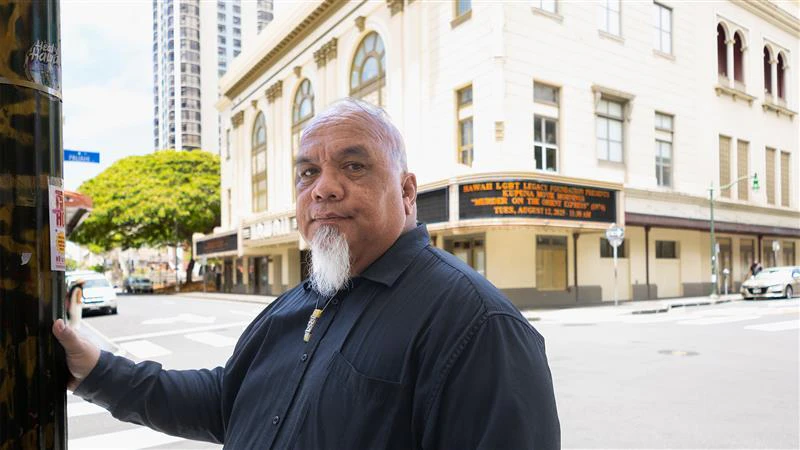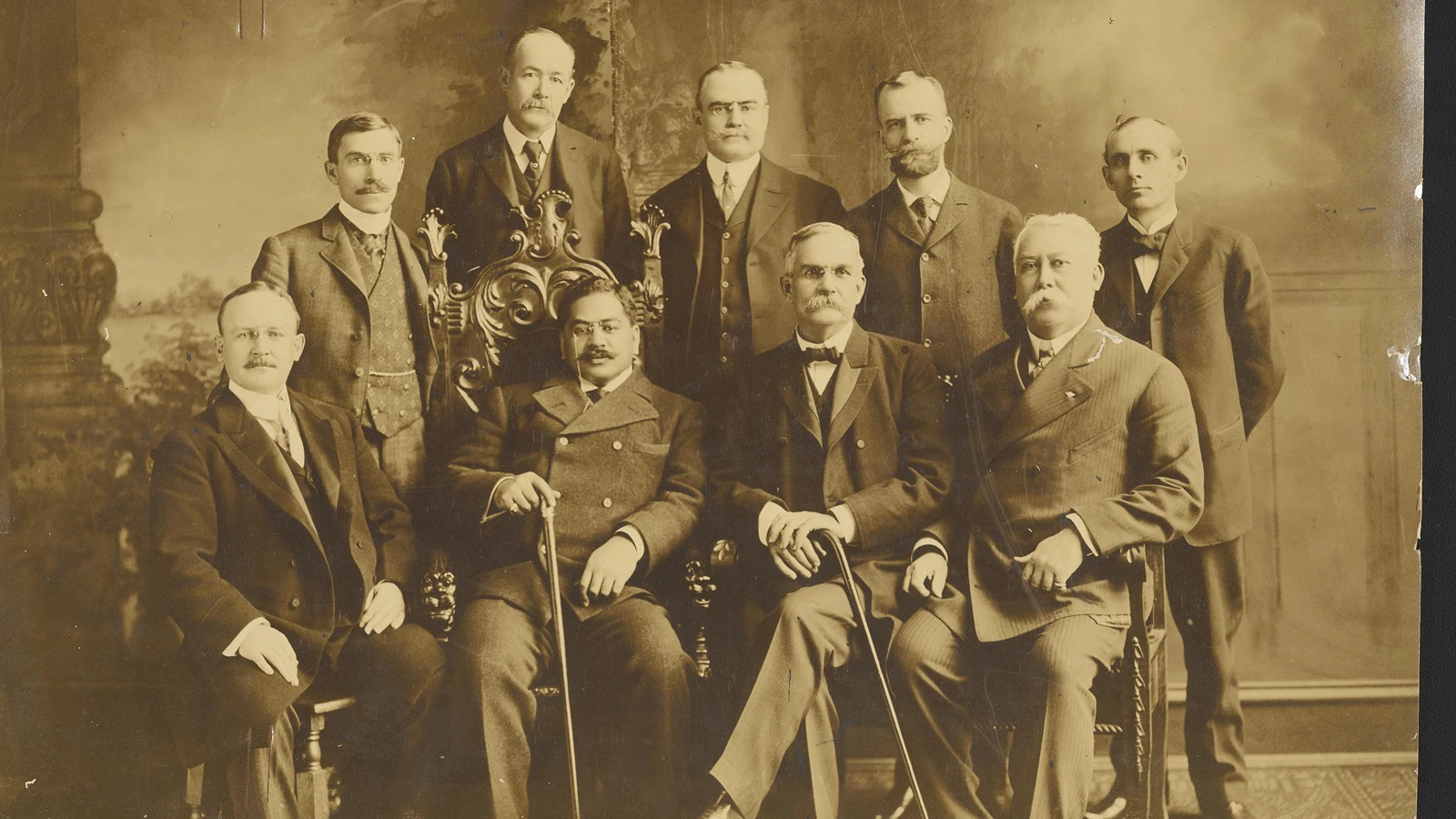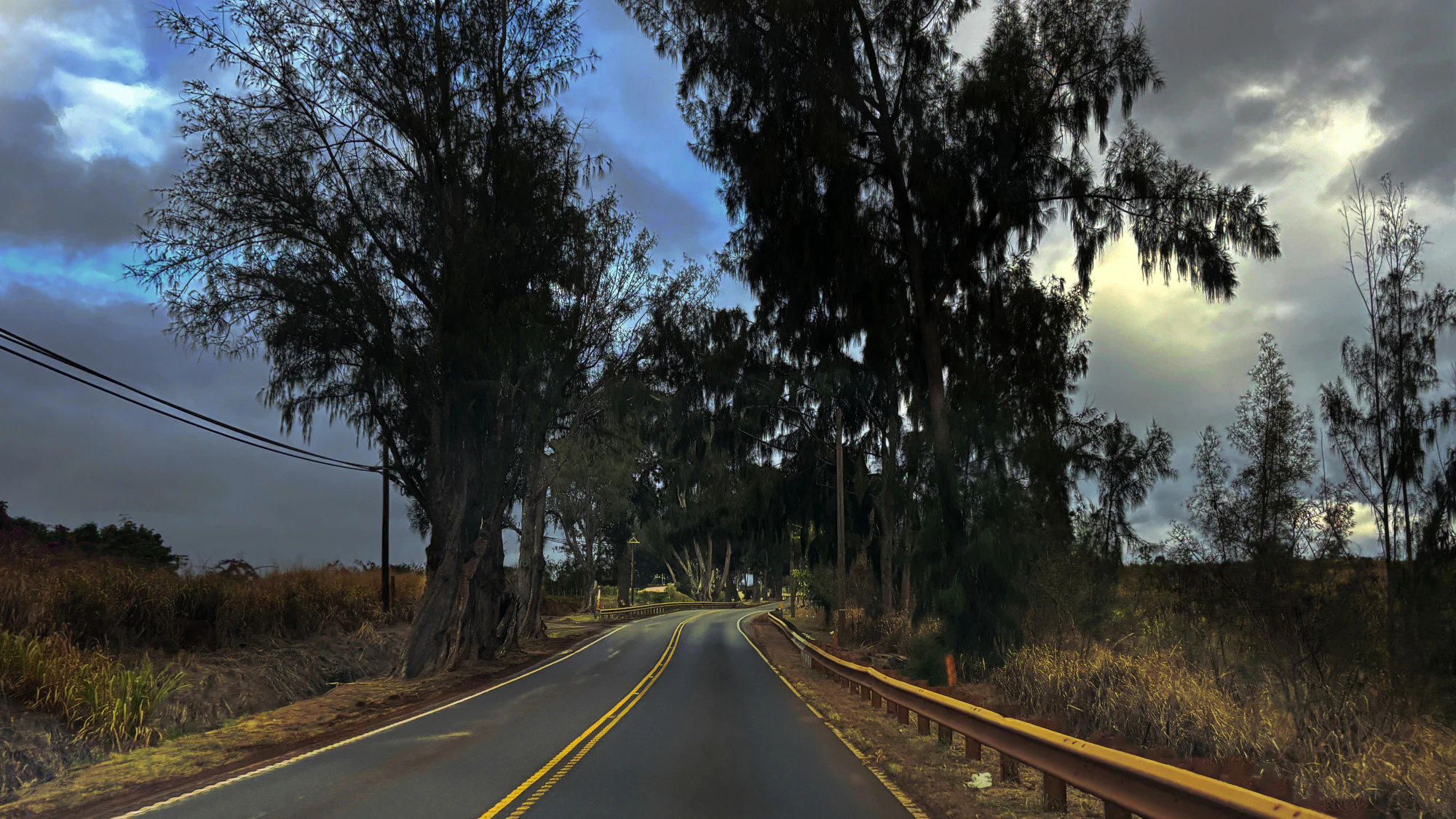If you could step back in time, you’d find that this area wasn’t always a bustling urban neighborhood. Before Western contact, Kamō‘ili‘ili was a marshy, fertile land, fed by underground springs and a natural karst, a system of hidden channels, caves, and freshwater streams within its porous limestone bedrock.
Meaning “the pebble lizard,” after the battle in which Pele’s younger sister, Hi’iakaikapoliopele, destroyed a giant mo‘o, leaving the pieces of its body to turn to stone, the name was later shortened to Mō‘ili‘ili. The area was a thriving agricultural hub, with carefully maintained lo‘i kalo (taro patches) stretching across the land. Alongside kalo, people grew mai‘a (bananas), nui (coconuts), and ‘ulu (breadfruit). Early European visitors were struck by the organization and abundance of these fields.
Two hundred years of change saw the conquest of Kamehameha and the formation of a unified kingdom, the rise of Christianity, the boom of sugar and pineapple, the overthrow of Queen Lili‘uokalani, and annexation by the United States. Chinese farmers who settled in Mō‘ili‘ili introduced rice paddies. At the same time, Japanese laborers worked at places like the Mō‘ili‘ili Quarry, where stone was blasted out of the ground to be used for island construction projects.
As Honolulu modernized, streetcars and trolleys connected students to schools and families to jobs. Local taxi drivers often knew every family by name. Eventually, cars and family-run auto shops took over, and in 1953, the construction of the H-1 freeway cut through Mō‘ili‘ili, changing its landscape forever.
Today, Mō‘ili‘ili remains a place shaped by water, culture, and resilience. Beneath its busy streets, the spring-fed karst still flows quietly—a reminder of the life that first brought people here.
Tucked behind a quiet elementary school in the heart of Mō‘ili‘ili sits a solemn and storied burial ground filled with granite and marble monuments rising from concrete platforms. Approximately 10,000 souls are interred beneath 2,008 monuments in the Mō‘ili‘ili Japanese Cemetery. The graves are aligned with purpose and reverence, an asphalt pathway that leads to the farthest reaches of the silent community. But behind that serenity lies a deep, sometimes disturbing history.
In the early 1900s, stemming from a dream to establish a final resting place for the Japanese Hongwanji community, the Board of Health received a request to establish a cemetery in the Mō‘ili‘ili area. After much debate, the Board finally approved the necessary permits on the condition that the cemetery be open to the entire Japanese community, not just the Hongwanji congregation. It became known as the Kyōdō Bochi, or Japanese Community Cemetery.
By the 1930s, over 1,800 people had been buried there. The cemetery eventually expanded in 1956 and was renamed Mōʻiliʻili Shin-Bochi, the Mōʻiliʻili New Cemetery.
Among the thousands of stone monuments in the 3-acre parcel, one stands out from the rest. While every other vertical pillar is carved and polished from black or gray marble and granite, this one is quite different. Taller than almost every other grave marker in the cemetery, the rough, unpolished, reddish-colored boulder, shaped almost like a teardrop, sits upon a wide dais. Inscribed on the stone are Japanese characters which say In-ga-zu-ka or In-ga-chou—heap of misfortune.
It is the grave of Myles Yukata Fukunaga. His life was indeed one of misfortune.
In 1928, Honolulu was shaken to its core when 10-year-old George Gill Jamieson was brutally murdered.
Fukunaga, just 19 years old, impersonated a hospital orderly who was sent to Punahou School to retrieve a boy whose mother was in a serious car accident. However, there was no accident. Fukunaga drove the boy away from his school in the middle of the day, intending to ransom him to his father, Frederick Jamieson, vice president of the Hawaiian Trust Company. Then, before any money was exchanged, Fukunaga murdered Gill behind the old Seaside Hotel in Waikīkī in a fit of panic.
The brutality of the crime stunned the Islands. Outrage poured in from every direction, and Fukunaga was found guilty of murder and sentenced to death. While Nippu Jiji, a Japanese-language newspaper, called for a retrial and questioned racial fairness in the proceedings, others pointed to Fukunaga’s full confession and disturbing premeditation. His execution by hanging was carried out swiftly on November 19, 1929.
Decades later, I found myself standing at his grave.
That night, a small group of us stood there in the dark, discussing the case, recounting the trial, and the media frenzy. I remembered something Professor Dennis Ogawa once told me about Fukunaga:
“For such a small guy, he had big hands. The hands he used to strangle Gil Jamieson.”
The wind moved gently through the trees, and the stones around us seemed to lean in. I looked up at the marker... and I saw him.
It was just for a second, but unmistakable.
The thin, straight-shouldered image of Myles Fukunaga appeared on his own headstone. Shirt sleeves rolled, tie slightly askew, face as still and blank as in those old courtroom photos. His expression wasn’t angry. It wasn’t sad. It was... expectant. Then he was gone.
At first, I said nothing, I just stared. But the others had stopped talking. They could feel it.
“What’s wrong?” someone asked.
I didn’t answer. I just pointed.
A few people gasped, but as the others turned and looked, the silence deepened. Some claimed they saw only stone. But others described a faint image in the rough pattern of dirt on the rock. His face. Watching. Waiting.
I was convinced it was my imagination, but then the others saw it too.
“Pareidolia,” I muttered. “Our brains pulling shapes from shadows.”
But the cemetery felt different now. Not threatening, just unsettled.
Some believe Gil’s ghost still lingers near the spot in Waikīkī where his life was taken. But others say he’s long gone and it’s Fukunaga who remains trapped on earth, bound to his grave by guilt, regret, or something more eternal.
If you ever visit Mōʻiliʻili Japanese Cemetery, you’ll see the care taken by the community to preserve and protect this sacred space. But when the sun goes down and you find yourself near that oddly shaped stone, don’t stare too long.
You might see something staring back.
For the latest news of Hawai‘i, sign up here for our free Daily Edition newsletter!





